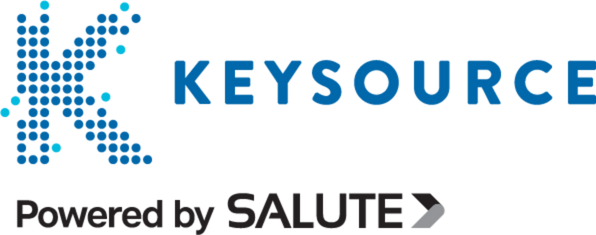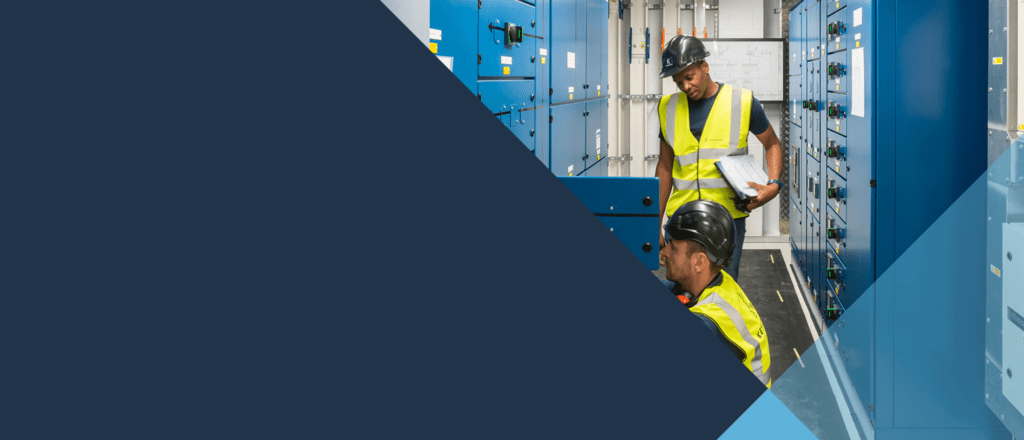Data centres are essential for how higher education facilities operate today. Whether opting for an in-house data centre or outsourcing to a managed data centre, the benefits are the same.
Some of the reasons why universities worldwide rely on data centres include the following:
✔ Secure off-site servers that enhance your university’s security.
✔ Higher uptime rates guarantee constant access to vital data.
✔ Reduced costs of data storage.
✔ Greater capacity to manage enormous amounts of data.
✔ Fully scalable infrastructures to grow alongside your operations.
With students, tutors, academics and administrative staff generating more data than at any other point in history, data centres are the only way to store, process and disseminate this data.
In short, a data centre is a must-have for the higher education sector.
Which data centre approach works best for higher education?
Deciding how best to address the data centre issue means evaluating the pros and cons of each solution.
For most higher education institutions, the choice is between an on-site data centre or a managed service. In some cases, colocation facilities may also be on the table.
Every higher education institution differs, and each option has pros and cons. What works for your campus may not work for another.
In this section, we’ll discuss some of the most common approaches to data centres.
On-site data centres
Campuses often choose to utilise on-site data centres. While costly and complex to maintain, they offer several benefits unavailable via outsourced services.
Some of the advantages include:
✔ Total control over your data centre.
✔ Added in-house security.
✔ Flexibility to grow your data centre as you please.
✔ Long-term savings.
Even though on-site data centres offer higher upfront costs, they can be more cost-effective in the long term, especially compared to colocation facilities.
Managed data centre services
On the other side of the spectrum is the managed data centre. These facilities allow higher education facilities to purchase a package and have a dedicated company do everything for them.
This also includes renting the hardware and software that allows a data centre to operate in the first place. Unlike a colocation centre, you don’t need to supply hardware or software.
So, why do managed data centre services make sense?
✔ Multiple locations to improve your backup plan.
✔ Access to unrivalled expertise.
✔ State-of-the-art hardware and software.
✔ Simple scalability.
✔ Save money on employees, infrastructure and running costs.
Everything can be managed via a customer-facing interface, and you can contact tech support if there are any problems.











